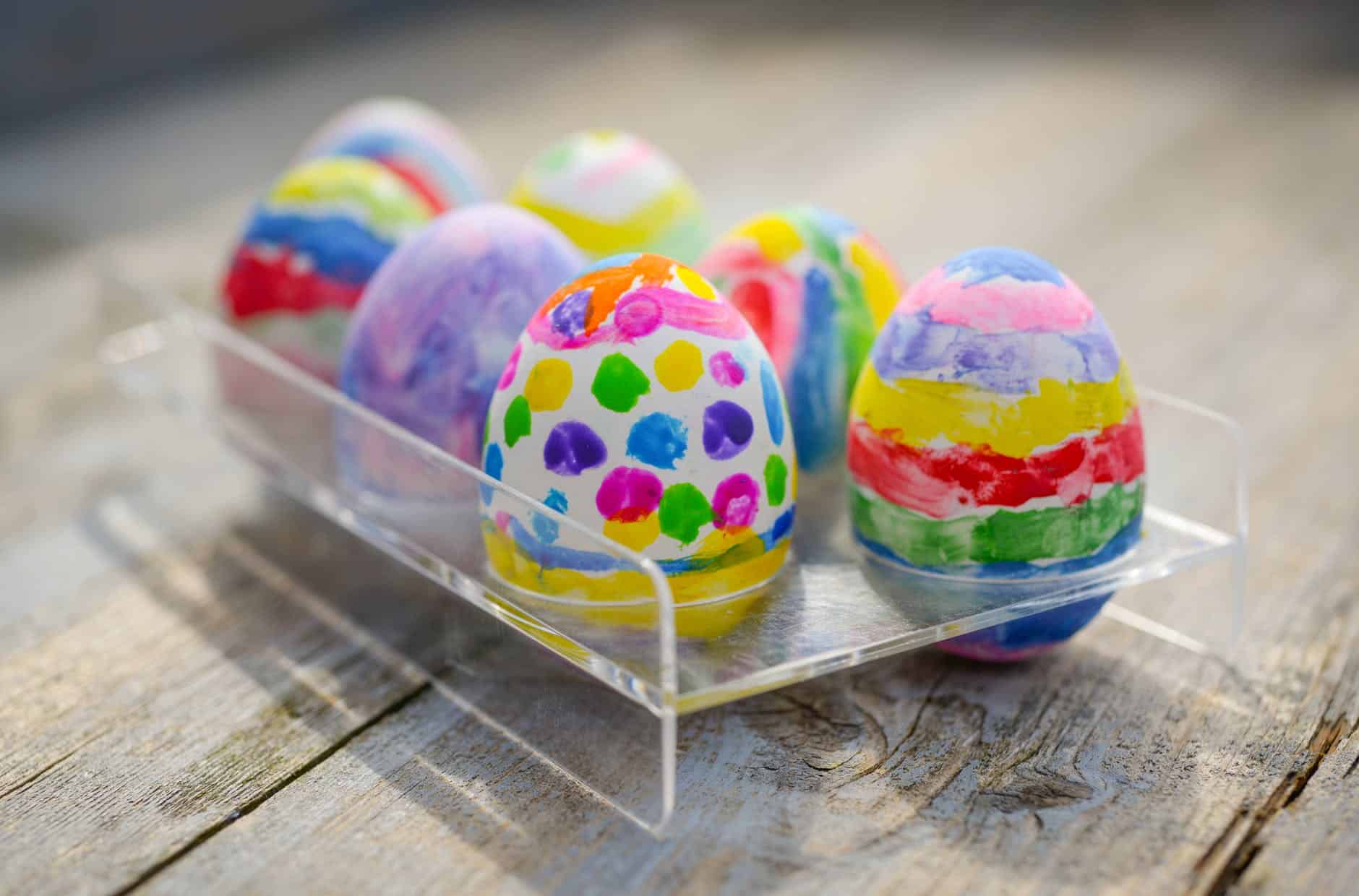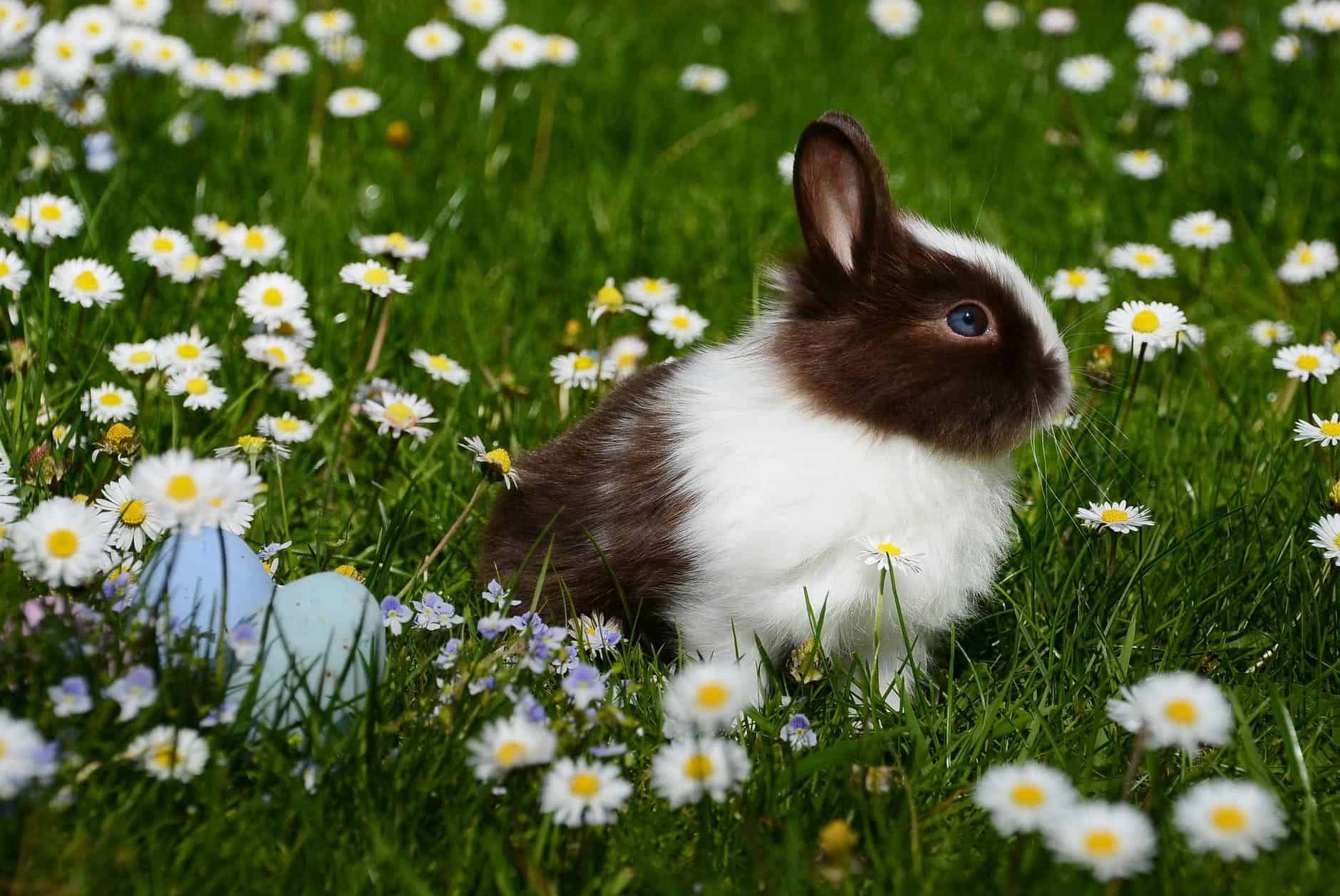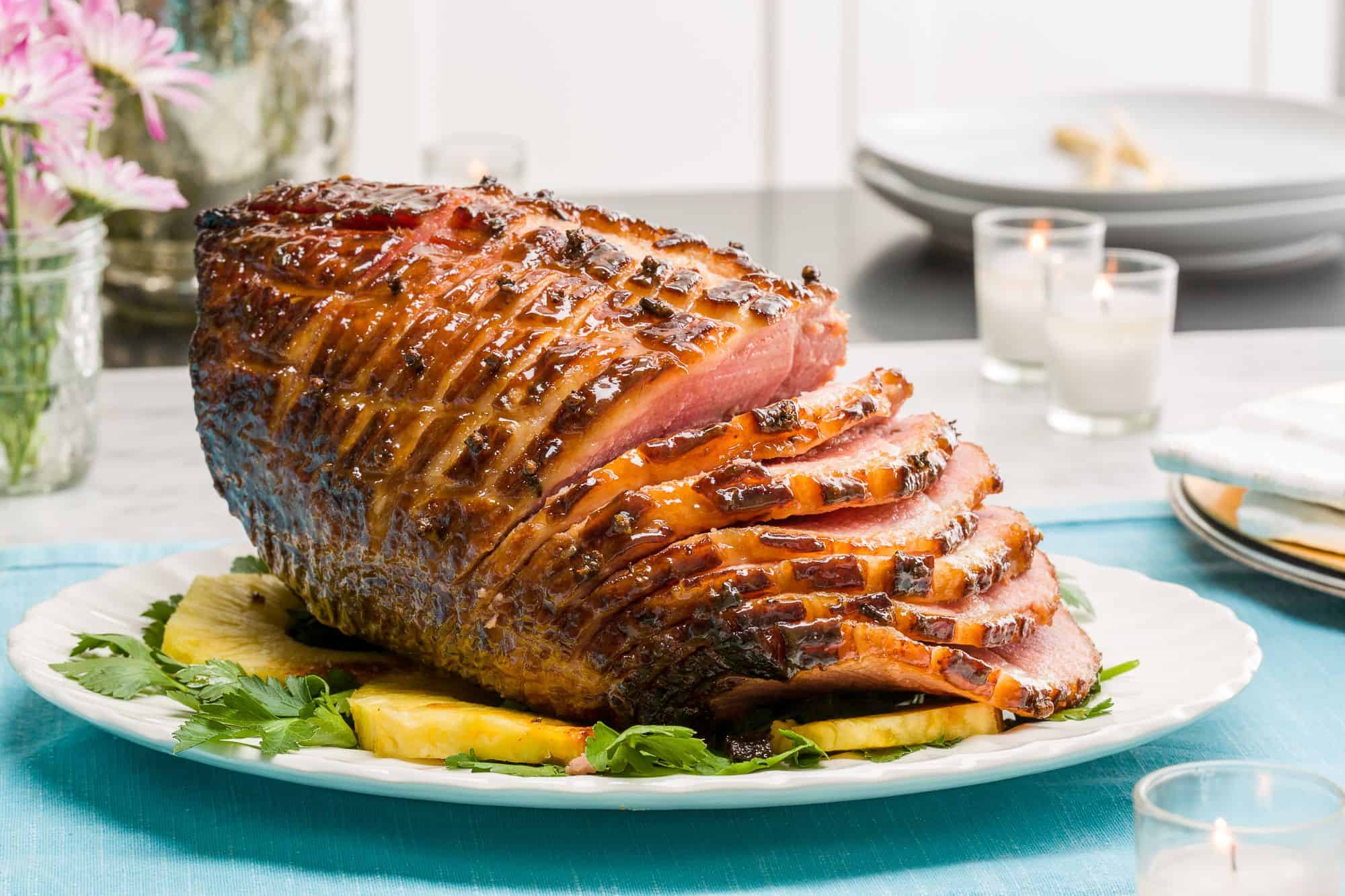In a few weeks, a lot of people would find themselves gnawing the ears of a chocolate rabbit and searching their yards for plastic eggs. Easter celebration is one of the holidays in the year that a lot of people enjoy and will not miss for anything.
However just like a lot of other religious holidays it comes with its unique traditions.
A lot of these traditions are considered pagan rituals and old superstitions, but that will not stop us from telling you all about 10 of our favourite Easter traditions.
1. Painting or dyeing Easter eggs

The tradition of decorating all kinds of eggs including ostrich eggs go a long way back to ancient pagan rituals. As we already know it is quite easy to understand why life and rebirth are easily linked with eggs.
So when it comes to associating eggs with new growth and spring, it isn’t so much of a stretch. To celebrate the spring season, people had been seen colouring eggs and giving them as presents to their friends and families.
When Christianity began; the Christians likely decided to incorporate this tradition into their celebration. Some legends have it that Mary Magdalene used to be responsible for the annual trek by Christians to a store where they can purchase vinegar and dye tablets.
There is a story that talks about how Mary Magdalene brought some eggs with her to the crucifixion of Jesus Christ and a drop of blood from his wound fell on the eggs and coloured them red.
A different story tells us that Mary Magdalene carried a basket of cooked eggs with her to Jesus’ tomb to share with other women three days after his death. When the stone was rolled away, and the grave was found empty all the eggs that she carried with her turned red.
2. The easter bunny

At first glance, it is difficult to imagine the relationship between a giant rabbit and the Easter holiday or any other religious holiday.
However, according to information shared by time, this tradition is one of those that began with the pagans. The pagans celebrated a goddess of fertility known as Eostre. And as is common knowledge, one of the traits rabbits are most famous for is fertility.
It is believed that German immigrants came to America with their tradition of an egg-laying bunny named Osterhase in the 1700s.
3. Hollow chocolate bunnies

The tiny chocolate bunnies should make some sense since we already know how rabbits became part of the easter traditions.
The question, however, is why so many of them are hollow on the inside. I would have thought it was a way to help kids get used to disappointments early in life, but it’s not that deep.
According to one of the oldest makers of chocolate bunnies in the united states, the R.M Palmer company, the hole on the inside is not an attempt to teach you but just a consideration of your dental health.
Easter produced in larger size bunny, and it was all hard chocolate, then it would be difficult for you to bite in because it’ll be stone hard. There is also a profit factor. Chocolate bunny makers can make more impressive- looking rabbits In large quantities if there is nothing inside them.
4. Easter baskets

When you look at an Easter basket without squinting all you see is a basket full of faux shredded grass.
However, when you squint and take a closer look, you can tell that the origin of this basket is a nest. If you remember the German Osterhase bunny tradition that we talked about above, well the Easter baskets kind of originated from that story.
It appears that German families encouraged the bunny to visit their homes and bless them with some of its eggs and for that reason, German children kept nests outside their doors where the body could lay its coloured eggs.
Which time does next evolved into baskets and that explains why today we have such a thing as an Easter basket.
5. Hot cross buns
Hot cross buns are my favourite easter snacks. However, just like the Easter bunny and the Easter eggs, it is difficult for anyone to pinpoint when people started making hot cross buns.
Hot cross buns are delicious rolls studded with current or raisins and matt with a cross right on top, usually served during the week leading up to Easter Sunday.
This tradition is believed to have begun in the 12th century with a monk who got an inspiration to mark his rows with a cross on top to celebrate good Friday. The first written record we ever found of hot cross buns dates back to an issue of poor robins almanack from sometime in the 1930s.
If you have ever had the hot cross buns poem then you probably already know half of the story. the first written record reads “Good Friday comes this month, the old woman runs, with one or two a penny, hot cross buns.”
6. Easter fashion parades

There is an old belief that when you put on new clothes on for easter, the rest of the year will be filled with good luck for you.
Though this is a superstitious belief, a lot of people have held it dear to their hearts for years. It is safe to say that it has something related to renewal and rebirth, but mostly it just sounds like an excellent excuse to go shopping.
Either way, what’s the point of shopping for new fancy clothes if no one else gets to see them? In the mid-1800s, the parishioners in new york would arrange themselves into a little after church fashion show as they left their fifth avenue churches.
This tradition is one that has refused to die, and every year till date it continues.
7. Sunrise service
As the story of the resurrection goes, mary opened up the Saviour’s tomb on Easter morning, only to discover it was empty. In honour of that event, lots of churches hold sunrise services on Easter day to help their parishioners experience what mary felt that particular day.
The first sunrise service took place in 1732 in Saxony Germany by four young men. The year after that the entire congregation decided to attend the facility during the early morning of the Easter ceremony advert was how we became a tradition till today.
8. Easter Ham

As funny as it sounds even that juicy, tasty ham on your dining table on Easter day dates back to pagan rituals. It is a tradition that honours the goddess Eostre and spring. This is one tradition that dates back to the 6th century Germany.
Back then, hunters would slaughter hogs in the forest in the fall; then they left them there to cure all winter. Then when spring came, the pork was one of the only meat that was readily available for the spring celebrations.
Just like many other pagan rituals, Christians adopted this tradition and made it part of Easter.
9. Good Friday kites
If you happen to find yourself on top of a mountain on good Friday you just maybe I’m amazed to see a legion of kites beautifying the sky. According to the local legends, one teacher once showed her students how Christ ascended into heaven by using a kite.
As simple as that analogy missing it was one that caught on, and till date, people fly kites made of tissue paper as part of easter tradition.
10. Egg knocking
Egg knocking also famously called head tapping is a spot where to competitors will have to tap the pointed ends of their eggs against each other to discover which one survives and which one cracks.
The game is one that dates back to medieval Europe. But when we talk about the modern day egg knocking, it can be traced to Marksville Louisiana.
A lot of families since 1956 have gathered together at the courthouse square to battle their eggs every Easter morning. Some families took it so serious that they prepared for months in advance feeding their chickens with special feed in hopes that they produce stronger eggs for the battle.
Now that you know the origin of some of your favourite Easter traditions, you can go ahead and gather the children around and tell them all the stories that they haven’t heard before.
If there are any other traditions you would like to share with us, please do not hesitate to leave a comment in the comment section provided below








